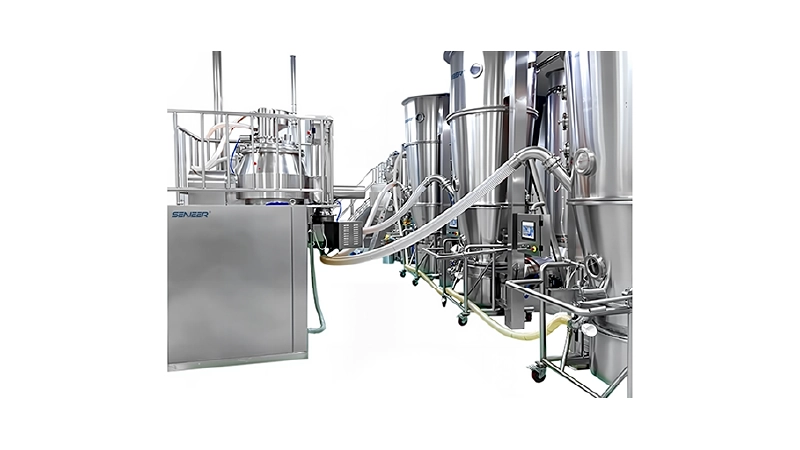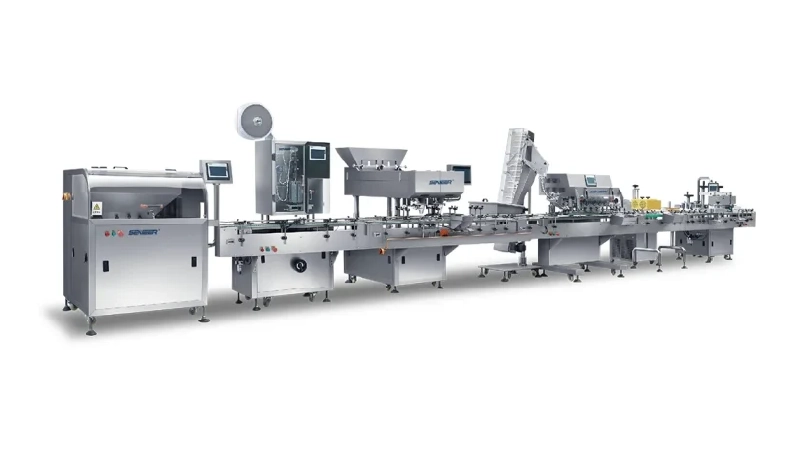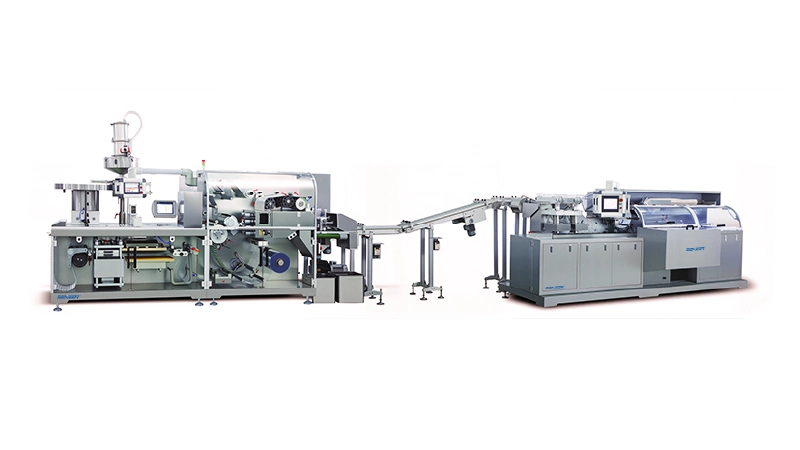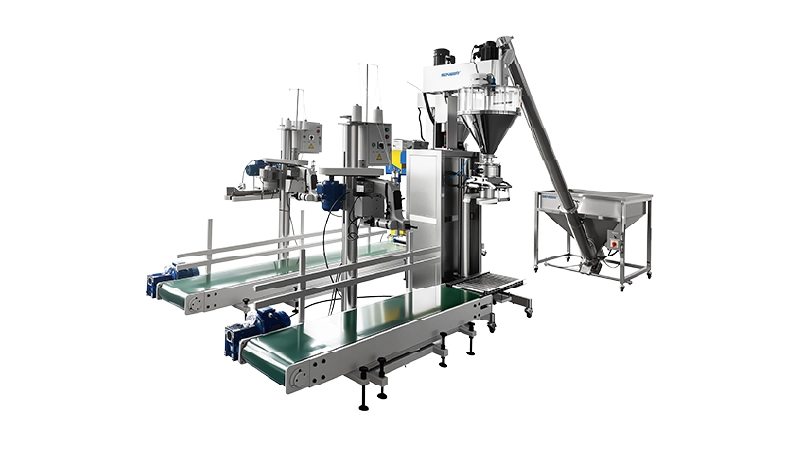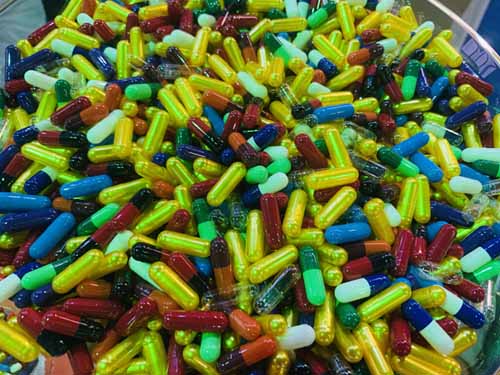What is a solid dosage form?
We can define solid dosage forms as a term that is used for describing a substance that has a well -defined shape and volume which is manufactured using specific ingredients. These ingredients are combined and processed to come up with a final product which is the solid dosage form.
Solid dosage forms can be capsules, granules, pills, pellets, and powder
Solid dosage form is a common term in the pharmaceutical, chemical, and food industries. Quite a good percentage of the products in these mentioned industries exist in this form.
In most cases, after they have been processed, they can be administered or consumed in their solid forms
Different types of solid dosage forms
Here is a summary of the different types of solid dosage forms:
-Tablets: Most drugs tend to exist in this type of solid dosage form. It is characterized by the powdered ingredients that are molded and even compressed into a round shape or even other shapes depending on the intention of the manufacturer.
Apart from the shapes, tablets can also differ in terms of size and weight.
Lubricating agents and diluents can be added to make the tablets digestible when consumed or even when used as ingredients for other products.
They also ensure that the tablets don’t stick to the machines when they are processed. Diluents prevent ingredients such as starch from swelling up when the tablet is stored.
Special coatings are used on tablets to make them more palatable.
1. Powder
This is another very popular type of solid dosage form. Powders are used in many industries including food and medicine, chemical, and even consumer goods.
In the field of medicine, the powder can be used both internally and externally.
The physical properties of powder also tend to differ. Some powder has small or fine granules while others feature large grains.
The powder can also have different chemical properties. For instance, the effervescent powder can be dissolved in water and be more palatable.
2. Capsules
Capsules are also quite popular in the category of solid dosage forms. They are used for making a wide range of products across different industries.
Capsules are highly preferred in the field of pharmaceuticals because of their palatability. They can be consumed orally without any hindrance. Capsules are also easily digestible as the body can absorb their content faster and with minimal resistance.
Different types of coatings are used on the capsules to protect them from chemicals and acids such as gastric juice.
3. Pellets
Pellets are a form of solid dosage form that is usually manufactured through compression. Apart from the pharma and food industries, pellets are also common in the energy industry where they are used for making different types of fuel.
4. Pills
Pills are some of the oldest types of solid dosage forms. They have become less popular in recent years and have been replaced by other alternatives such as tablets and capsules.
Formulation and manufacturing process of solid dosage forms
How are the solid dosage forms prepared? There are numerous processes that are involved in the formulation and manufacturing of solid dosage forms. We are going to highlight these core processes that take place during the formulation of the solid dosage forms.
-Dispensing of the ingredients: Each solid dosage form has its unique ingredients. The first step entails dispensing these ingredients according to the required dosage. This means that the ingredients have to be weighed and measured before being dispensed.
This stage requires maximum supervision as a slight error in measurement can affect the quality of the dosage form.
-Sizing the ingredients: The ingredients are then sized accordingly before they are moved to the next stage. In most cases, the sizes of the ingredients are reduced so that they can be mixed easily.
-Blending: The ingredients which are now in powder form are mixed in the blender. They will eventually form a uniform mix. Geometric dilution may be done to obtain the excipients of the ingredients.
-Granulation: The blended powder granules are collected and arranged in layers. Here they end up forming final aggregates which will be the final shapes of the solid dosage form.
-Screening and drying: By now, the granules are wet hence there is a dire need to dry them before subjecting them to any other process. These granules are dispensed on a fluid bed dryer and dried to the desired temperature. The granules that have dried to the satisfactory levels are then screened.
-Compression: As the name suggests, the procedure entails compressing the solid dosage forms. Tablets, capsules, and pills have compact forms thanks to the compression process.
It is also at this stage that the dosage forms are engraved for identification.
-Coating: Solid dosage forms are coated for various reasons. One of the reasons is to improve their visual appeal and this is when the coating comes in attractive colors. Some coatings are used for masking the odor and taste of the product. In some cases, the coating plays a protective role especially if it is strong.
Factors that determine the choice of the solid dosage manufacturing process
Does the above-listed formulation and manufacturing processes apply to all types of solid dosage forms?
No. Some processes are executed while others are not. This happens because solid dosage forms are not all the same.
Here are some key factors that determine the manufacturing process to be used on the solid dosage form:
-Size of the particles: Some ingredients for the solid dosage forms have large particles while others have small particles. If the size of the particles already satisfies the requirements, then you will have to skip some processes.
-Compression property of the active ingredients: How do the active ingredients react when compressed? If the quality of the ingredients diminishes when compressed, then you will have to forego this process.
The compression property will also determine the force to apply during the compression.
-Chemical properties of the ingredients: Some chemical properties of the active ingredients can make it necessary to use or not deploy a particular solid dosage manufacturing process.
-Available solid dosage form equipment: As a solid dosage manufacturer, you are always expected to have all the necessary equipment. However, if you don’t have one or two of the required equipment, then you may end up ignoring a particular manufacturing process.
Goals of the Solid Dosage Form Manufacturing Process
Even with the above procedure for solid dosage forms, there are goals that each manufacturer or processor intends to achieve. Here are some of the primary goals of the solid dosage forms manufacturing:
-To formulate forms that are physically strong and hard enough to withstand different types of forces. The forms should sustain mechanical shock when stored, packaged, and shipped.
-To formulate forms that are chemically or pharmaceutically stable. The forms should not degrade regardless of internal or external factors that they are subjected to during storage and shipping.
-To formulate solid dosage forms that meet the physical requirements such as weight, size, and shape. The distribution of the ingredients should also be uniform throughout the tablet.
-To formulate solid forms that are accurate. In case the tablets are to be used for medicinal purposes, they should meet their goals. In other words, the solid dosage form should have all the required ingredients.
-To formulate solid dosage forms that can be easily identified and recognized from the rest.
If your solid dosage form manufacturing process is well-defined, then you should be able to achieve these goals without any problem. Keep mind that these goals can form the base for all your activities. This is because they will affect the state of the final product and also your business process.
People involved in solid dosage manufacturing
As we have seen, solid dosage manufacturing encompasses different processes until the product is ready for the market. A single person may not be in a position to monitor and control all these processes.
This means that there are different people that are involved at each stage of the solid dosage manufacturing process. They include:
-Pharmacist
-Mechanics
-Quality assurance manager
-Production supervisor
-Machine technician
– Analyst
-General technician
Each of the above specialists should be fully qualified to execute their jobs. They should be well-trained and meet the FDA requirements for the solid dosage forms.
Equipment used for developing solid dosage forms?
Since the solid dosage forms manufacturing methods are different, it is only sensible to have different types of equipment to do the jobs.
Each piece of equipment executes its unique task at each stage of production and at the end of it all, you will have a complete granulation line.
To make things easier, I have divided the fluid dosage forms manufacturing equipment into different classes based on how they are related in terms of the functions that they execute.
These classes include:
1. Size reduction/milling equipment. Also known as the communication equipment, they are designed to reduce the sizes of the ingredients. They convert large solid granules into fine powder form.
Some of the equipment used at this stage of solid dosage manufacturing form include
-Hammer mill
-Wet cone mill ( Connect with rapid mixer granulator)
-Dry cone mill( Connect with vacuum conveying or lifter, isolate cone mill)
2. Granulators.The equipment responsible for granulating solid dosage forms include;
-Fluid bed granulator
-Fluid bed processor
-High shear granulator
Rapid mixer granulator
Update already
3. Drying equipment:The equipment used for drying the agglomerate of the solid dosage forms include;
-Fluid bed dryer
4. Conveying & Transfer equipment: these equipment are mainly used for transfering the products from one stage to another. Some of the equipment under this category include:
-Vacuum Conveying
-Lifting Column
5. Mixing equipment.As the name suggests, the purpose of the mixing equipment is to mix the ingredients so as to achieve a homogenous material. Mixing also ensures equal distribution of the active ingredients.
Equipment used for mixing include
-Post bin blender
-IBC bin blender
-Fixed bin blender
6. Filling machine.This machine fills other components that are later on processed into dosage forms. Some of the machines used in this stage of production include:
-Capsule filling machine
7. Pressing/compression equipment.These machines increase the hardness of a solid dosage form. Examples include
-Pill press machine
-Tablet press machine
8. Coating and polishing equipment:The equipment that falls under this category include;
-Tablet coating machine
-Fluidized bed processor
Advantages of Solid Dosage Forms
There are many reasons why solid dosage forms are preferred in different industries. Just to highlight, here are the top benefits of solid dosage forms and the reasons for their popularity:
-Solid dosage forms are easy to store thanks to their stability. They are also easy to handle during the shipping process.
-Need less storage space than other dosage forms such as liquid
-Accurate dosage as the process of manufacturing the forms is not very complicated in any given way.
-Does not require the use of preservatives
-Save on the labor cost due to the ease of manufacturing the dosage forms
Conclusion
Are you a solid dosage form manufacturer or are you planning to venture into this field? You now have the right information at your fingertips. All that you need is to follow the guidelines that I have highlighted in the article and implement them to the fullest.
And in case you are looking for the right solid dosage form equipment, we got your back. We at Senieer have a reputation for manufacturing a variety of quality solid dosage form equipment.






